Intro
Identify Covid rash signs: skin lesions, hives, and itchy patches. Learn 5 key symptoms, including Covid toes and viral exanthem, to recognize coronavirus-related rashes and seek medical help.
The COVID-19 pandemic has brought to light a multitude of symptoms and manifestations of the virus, with skin rashes being one of the more intriguing and lesser-known signs. As the world continues to navigate the complexities of this disease, understanding the various ways it can present itself is crucial for diagnosis, treatment, and prevention. Skin rashes, in particular, have been observed in a significant number of patients, prompting healthcare professionals and researchers to delve deeper into the connection between COVID-19 and dermatological symptoms.
The emergence of COVID-19 rashes has added a new layer of complexity to the diagnosis and management of the disease. Given that skin manifestations can precede, coincide with, or even follow other symptoms of COVID-19, recognizing these signs is vital for timely medical intervention. Moreover, the variety of rashes associated with COVID-19 underscores the importance of a comprehensive approach to patient care, one that considers the wide range of possible symptoms, including those affecting the skin.
The study of COVID-19 rashes is a rapidly evolving field, with new evidence and observations continually shedding light on the characteristics, causes, and implications of these dermatological manifestations. From the types of rashes to their potential impact on patient outcomes, every aspect of COVID-19-related skin symptoms is under scrutiny. This scrutiny not only aids in the development of more effective diagnostic tools and treatment strategies but also enhances our overall understanding of the virus and its effects on the human body.
Introduction to Covid Rash
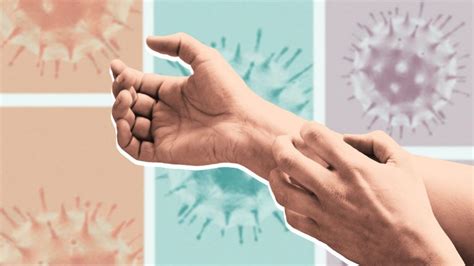
Understanding the concept of a COVID rash begins with recognizing the broad spectrum of skin manifestations that can occur in individuals infected with the SARS-CoV-2 virus. These rashes can vary significantly in appearance, severity, and duration, making diagnosis and differentiation from other skin conditions challenging. The mechanisms behind the development of COVID-19 rashes are multifaceted, involving immune responses, inflammatory reactions, and possibly direct viral effects on skin cells.
Types of Covid Rashes
The diversity of COVID-19 rashes is notable, with several distinct types identified: - **Urticarial rash**: Characterized by itchy, raised hives that can appear anywhere on the body. - **Papulovesicular rash**: Presents as small, raised bumps filled with fluid, often on the torso. - **Morbilliform rash**: Resembles measles, with flat, pink spots or patches that can merge. - **Pernio-like rash**: Also known as "COVID toes," it involves discoloration and swelling of the toes and sometimes fingers. Each type of rash may have different underlying causes and implications for patient care, highlighting the need for a detailed clinical assessment.Causes and Mechanisms of Covid Rash
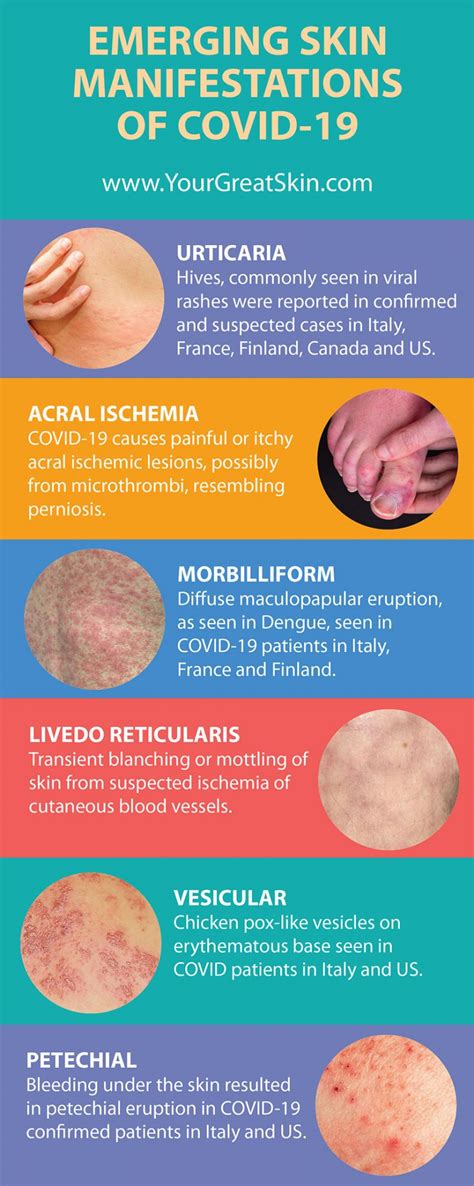
The exact causes of COVID-19 rashes are still under investigation, but several mechanisms are thought to play a role:
- Immune response: The body's immune reaction to the virus can lead to the release of chemicals that cause skin inflammation and rash.
- Inflammatory processes: Similar to the immune response, inflammation in the body can manifest as skin symptoms.
- Viral effects: Direct infection of skin cells by SARS-CoV-2 might contribute to rash development, though this is less understood. Understanding these mechanisms can help in developing targeted treatments and improving patient outcomes.
Diagnosis of Covid Rash
Diagnosing a COVID-19 rash involves a combination of clinical evaluation, laboratory tests, and sometimes skin biopsies. Given the overlap with other skin conditions, a thorough medical history and physical examination are crucial. Diagnostic criteria may include: - Presence of characteristic rash types - Temporal relationship with COVID-19 infection - Exclusion of other causes of rash Accurate diagnosis is essential for appropriate management and to avoid misattribution of symptoms to other conditions.Treatment and Management of Covid Rash
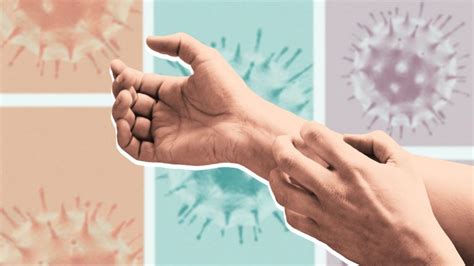
The treatment of COVID-19 rashes is largely supportive and focused on symptom relief, as the rashes often resolve on their own with the resolution of the infection. Management strategies may include:
- Topical creams and ointments for symptom relief
- Antihistamines for itching
- Antipyretics for fever reduction In some cases, particularly if the rash is severe or persistent, more specific treatments might be considered, such as corticosteroids or antiviral medications. The approach to treatment should be individualized based on the patient's condition and the characteristics of the rash.
Prevention of Covid Rash
Preventing COVID-19 rashes, like preventing the infection itself, relies on adherence to public health guidelines: - **Vaccination** against COVID-19 - **Mask-wearing** in public - **Social distancing** - **Hand hygiene** While these measures are primarily aimed at reducing the transmission of SARS-CoV-2, they indirectly contribute to the prevention of associated symptoms, including skin rashes.Impact of Covid Rash on Patient Outcomes
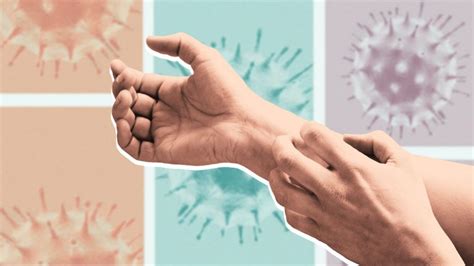
The presence of a COVID-19 rash can have several implications for patient outcomes, including:
- Increased risk of severe illness: Some studies suggest that patients with skin manifestations may be at higher risk for severe COVID-19.
- Delayed recovery: The rash, along with other symptoms, can prolong the recovery period.
- Psychological impact: The visibility and discomfort of rashes can add to the psychological burden of the illness. Understanding these potential impacts underscores the importance of comprehensive care that addresses all aspects of the disease, including dermatological symptoms.
Covid Rash in Special Populations
Certain populations, such as children, older adults, and individuals with pre-existing conditions, may exhibit unique characteristics or have different risk profiles regarding COVID-19 rashes. For example: - **Children**: May be more likely to develop pernio-like lesions. - **Older adults**: Could have more severe rashes due to age-related immune system changes. Tailoring diagnostic and treatment approaches to these populations is essential for optimizing outcomes.Future Directions in Covid Rash Research
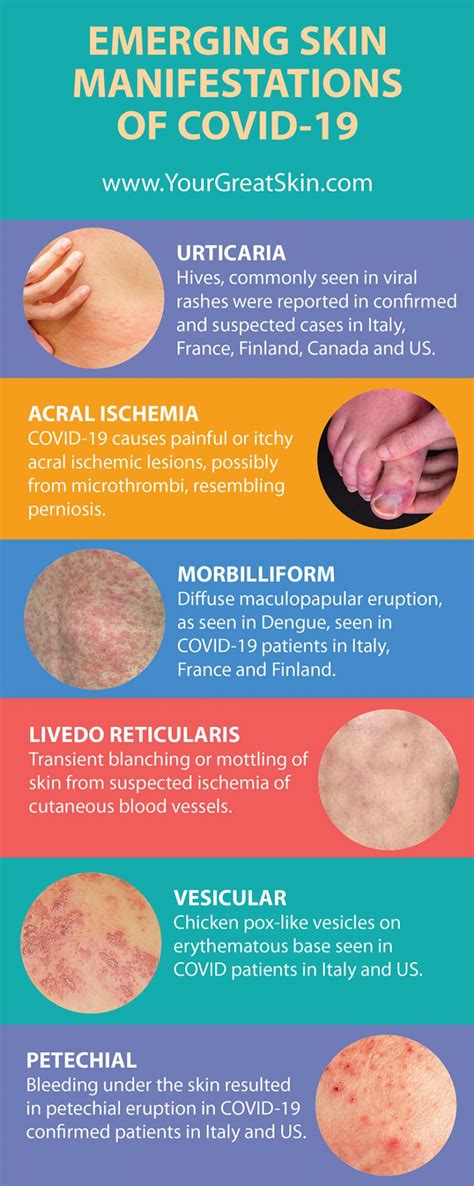
Ongoing and future research into COVID-19 rashes will focus on several key areas:
- Pathogenesis: Elucidating the exact mechanisms behind rash development.
- Biomarkers: Identifying specific markers that could predict or diagnose COVID-19 rashes.
- Therapeutic interventions: Developing targeted treatments for COVID-19 rashes. Advancements in these areas will not only improve our understanding of COVID-19 but also contribute to better patient care and outcomes.
Conclusion and Next Steps
The study and management of COVID-19 rashes represent a dynamic and evolving field, with new insights and discoveries continually emerging. As our understanding of these dermatological manifestations grows, so too will our ability to provide effective care and support to those affected. By staying informed, adhering to public health guidelines, and supporting ongoing research, we can work together towards mitigating the impact of COVID-19, including its lesser-known but significant manifestations like skin rashes.What are the common types of COVID-19 rashes?
+Common types include urticarial, papulovesicular, morbilliform, and pernio-like rashes.
How are COVID-19 rashes diagnosed?
+Diagnosis involves clinical evaluation, laboratory tests, and sometimes skin biopsies, considering the temporal relationship with COVID-19 infection and excluding other causes.
Can COVID-19 rashes be prevented?
+While direct prevention of rashes is challenging, adhering to public health guidelines like vaccination, mask-wearing, social distancing, and hand hygiene can reduce the risk of COVID-19 infection and, by extension, associated rashes.
We invite you to share your thoughts, questions, or experiences regarding COVID-19 rashes in the comments below. Your engagement can help foster a community of support and knowledge, contributing to a better understanding of this complex aspect of the pandemic.
